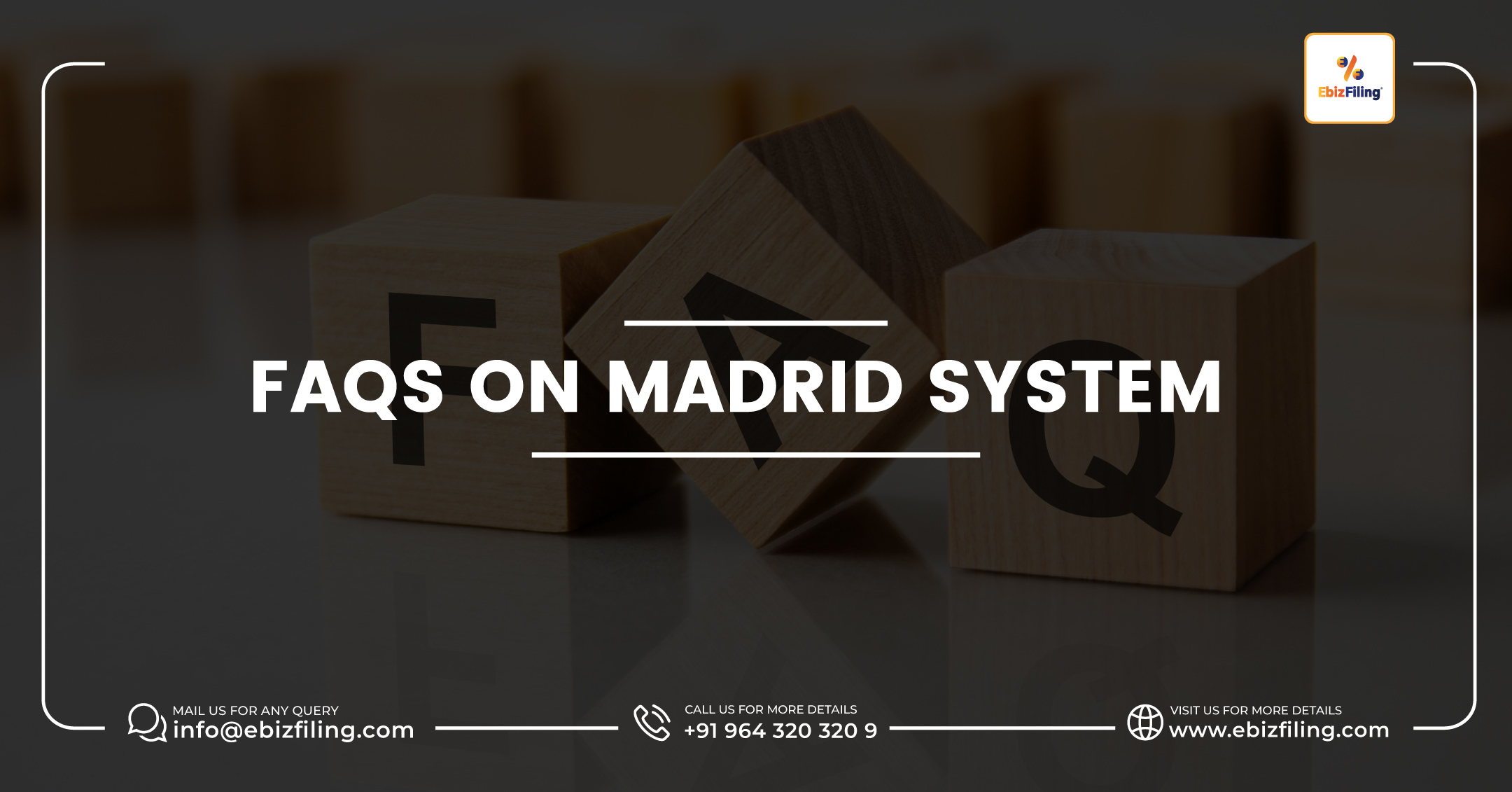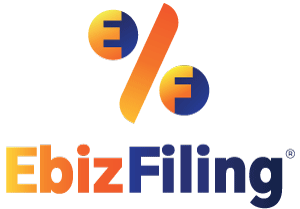
-
June 22, 2023
Frequently Asked Questions on the Trademark Registration under Madrid System
Table of Content
Introduction
The International Bureau of the World Intellectual Property Organization (WIPO) administers the Madrid System from its offices in Switzerland, ensuring the smooth operation of this international trademark registration framework. It is important to note that trademark protection remains territorial, even with an International Trademark Registration. To assist trademark holders in managing their intellectual property assets, the WIPO IP Portal offers valuable resources such as the Global Brand Database and the Madrid Monitor. In this article, we aim to provide clarity and insight into the frequently asked questions surrounding the Madrid System and International Registration of Trademarks.
FAQs on Trademark Registration under Madrid System
1. What is the Madrid System?
The Madrid System is a framework for internationally registering trademarks. It comprises of two treaties: the Madrid Agreement Concerning the International Registration of Marks and the Madrid Protocol Relating to the Madrid Agreement Concerning the International Registration of Marks.
2. What is the objective of the Madrid System?
The Madrid System aims to simplify the process of filing trademarks in multiple countries and/or regions. It provides an efficient and cost-effective solution for obtaining trademark protection across various territories.
3. What are the benefits of the Madrid System?
The Madrid System offers several advantages. Trademark holders can file for trademark protection in multiple territories using a single application. This eliminates the need for engaging local agents or dealing with country-specific applications in different languages, locations, and currencies. By utilizing one trademark office, one language, and one currency, the process is streamlined, making it easier to obtain protection and manage intellectual property assets internationally.
4. Who oversees the Madrid System?
The International Bureau of the World Intellectual Property Organization (WIPO) administers the Madrid System. Its offices are located in Switzerland.
5. Does Trademark Protection apply internationally?
No. Trademarks and other intellectual property assets are territorial in nature. An International Registration under the Madrid System does not harmonize trademark law globally. Each country independently reviews and approves applications, granting protection within its territory.
6. What is an international designation under the Madrid Protocol?
International Trademark Registrations allow applicants to designate member countries in their applications. Additional countries can be designated later if desired, especially when new countries or regions join the Madrid Protocol.
7. Do I have to register in each member country?
Trademark registration through an international application is based on the Office of Origin. Applicants can select one or more countries or choose to register in all Contracting Parties.
8. How many countries are part of the Madrid International Trademark System?
Currently, a single application can provide trademark protection in up to 128 countries. Since there are associated fees for registration, applicants can choose the specific territories in which they wish to seek trademark protection.
9. What is International Trademark Registration?
International trademark registration allows trademark holders to seek protection in multiple countries and regions using a single application.
10. What is an international designation under the Madrid Protocol?
International Trademark Registrations allow applicants to designate member countries in their applications. Additional countries can be designated later if desired, especially when new countries or regions join the Madrid Protocol.
11. Do I have to register through the Madrid System?
No. After applying or registering a trademark in the Office of Origin, you can choose to use the Madrid System for international registrations or directly apply with the trademark offices of individual countries where you seek protection.
12. Is there an International Trademark Database?
The WIPO IP Portal provides two valuable resources: the Global Brand Database and the Madrid Monitor. These databases enable trademark searches for texts or images, including trademarks, appellations of origin, and official emblems. The search can be conducted in English, French, or Spanish.
13. In what languages can you file an international application?
International applications can be filed in English, French, or Spanish. The Office of Origin decides whether applicants can file in one, two, or all three languages.
14. How to manage international trademarks?
Managing intellectual property is crucial. Under the Madrid Protocol, changes to registered trademarks can be reported and recorded efficiently, including ownership changes and updates to the trademark holder’s name and address. The same streamlined process applies to renewals.
15. What is the difference between the Global Brand Database and Madrid Monitor?
The Madrid Monitor provides the most up-to-date information about your trademark and others registered through the Madrid System. On the other hand, the Global Brand Database allows searches for trademarks from the Madrid System as well as national or regional offices.
16. How to perform a search for trademarks?
Performing a trademark search, particularly on marks registered through the Madrid Protocol, is highly recommended before filing an international trademark application. The Madrid Monitor and the Global Brand Database are free and convenient tools for conducting such searches, helping identify similar or identical marks before submission.
17. How to use the Madrid Goods & Services Manager?
When filing an international trademark application, it is crucial to determine the goods and services to be covered by the trademark. The Madrid Goods & Services Manager assists in creating this list based on the Nice Classification of Goods & Services, also known as the International Classification of Goods and Services for the Purposes of the Registration of Marks.
Register Your Brand Internationally
Protect your name and logo from unauthorized usage. Apply for trademark with EbizFiling at INR 6199/- only.
About Ebizfiling -





Reviews
Akshay shinde
23 Apr 2019Excellent service…
Deepanker Gautam
25 Jan 2019Excellent service by your team really like your service a lot specifically client handling is too good and special credit to my manager Dhwani mam you have given your best thank you so much for your kindness and supporting beahavior. I will surely give reference for your company.
Gunjan Kapoor
19 Jan 2018I was amused when I saw the pro activeness in the staff as they made sure everything was on track and in time.
October 26, 2023 By Pallavi Dadhich
Trademark Clearance Certificate For Copyrights Introduction In the world of creative works and intellectual property, copyright protection is essential to safeguard originality and prevent unauthorized use. However, copyright protection involves more than just registering your work. One crucial aspect is […]
October 17, 2023 By Siddhi Jain
What Is The Process Of International Trademark Assignment? Introduction In today’s globalized business landscape, protecting your brand’s identity is crucial. International trademarks play a pivotal role in safeguarding your brand across borders. But what happens when you need to transfer […]
September 29, 2023 By Siddhi Jain
Build a Strong Trademark Portfolio to avoid Trademark Opposition Introduction In the fast-paced business world, protecting your brand’s identity is crucial for maintaining a competitive edge. One of the most effective ways to safeguard your brand is by building a […]